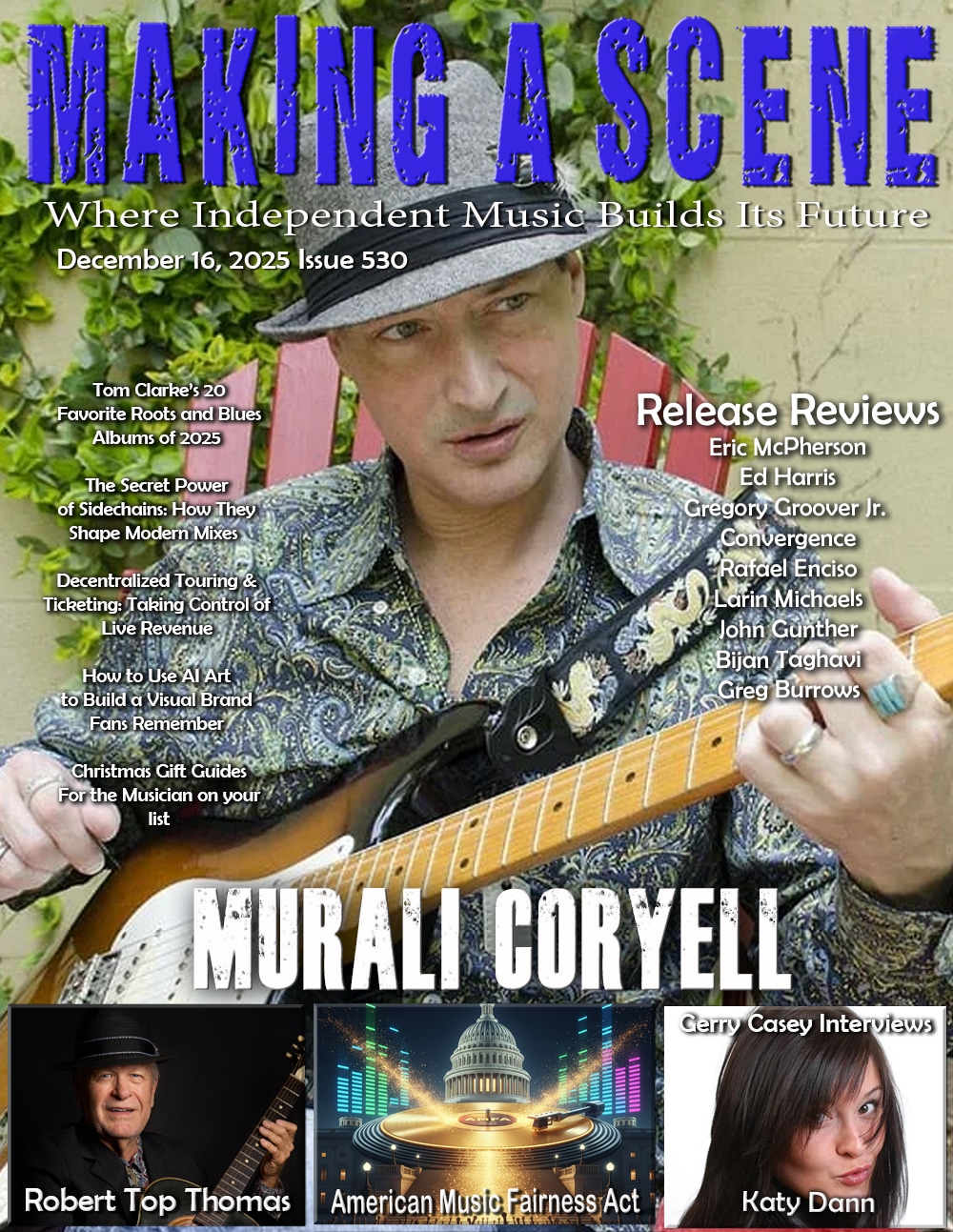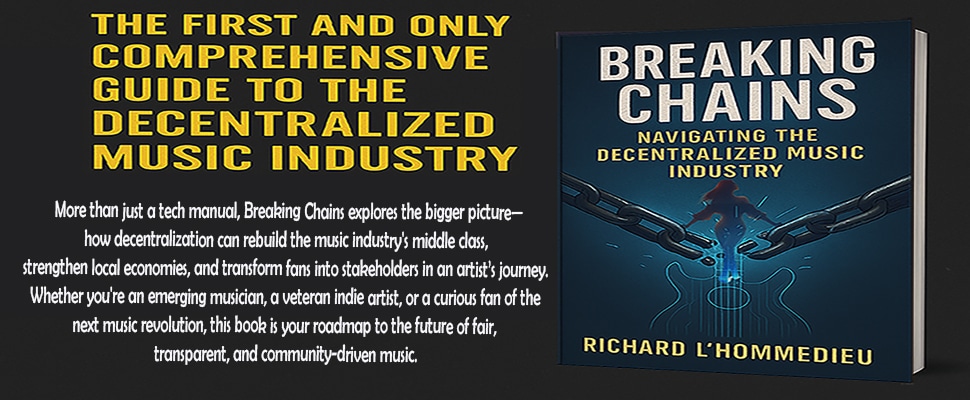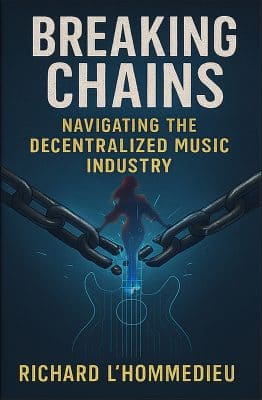Intelligent EQ Matching and Frequency Balancing: A Secret Weapon for Indie Artists
Making a Scene Presents – Intelligent EQ Matching and Frequency Balancing: A Secret Weapon for Indie Artists
If you’ve ever recorded a song at home and then compared it to something on Spotify, you’ve probably asked yourself: Why doesn’t my track sound as big, clear, or balanced as theirs? You might have a great performance, good songwriting, and even solid mixing, but something still feels off.
That “something” often comes down to EQ—short for equalization. EQ controls how loud or quiet different parts of the frequency spectrum are. Frequencies are just the pitches of sound, from the deep thump of a kick drum to the shimmering brightness of cymbals. Professional mixes get their power because every part of that frequency spectrum is carefully balanced. Nothing is too muddy, nothing is painfully harsh, and the whole mix feels smooth and polished.
The challenge is that achieving that kind of balance usually takes years of experience and a room full of expensive gear. That’s why indie artists often struggle to match the sound quality of big-budget records. But here’s the good news: AI-powered EQ matching tools are changing the game.
A Quick History of EQ Matching
The idea of EQ matching goes back a couple of decades. In the early 2000s, software developers figured out a way to “capture” the frequency balance of one recording and apply it to another. One of the first plugins to do this was Voxengo CurveEQ. It would listen to a reference track—a professionally mixed song you loaded in—and then build an EQ curve that showed how the frequencies were balanced. You could then apply that curve to your own mix.
At the time, this was groundbreaking. For the first time, home producers could peek behind the curtain of professional recordings and see what gave them their polished sound. But these early tools were also pretty rough. They were mathematical but not musical. If you copied a curve directly, the results could sound weird or artificial, almost like your song was wearing someone else’s clothes that didn’t quite fit.
Over the years, EQ matchers improved. Developers added smoothing, blending, and smarter algorithms. This made the adjustments sound more natural. Instead of blindly copying a frequency curve, these tools could borrow the character of a track’s balance.
Today, with AI involved, things have gotten even smarter. Modern EQ matching doesn’t just trace a line—it actually analyzes your music, understands what’s going on, and then makes choices that fit the style and genre.
Why EQ Matching Matters So Much
For indie musicians, the hardest part of mixing isn’t just making the vocals sit right or making the drums hit hard. The real challenge is getting your track to sound balanced compared to what people are already used to hearing.
Think about it: when someone presses play on Spotify, your song might be sandwiched between a track by Billie Eilish and one by The Black Keys. If your mix is muddy or thin compared to those, listeners will instantly notice—even if they don’t know why. EQ matching helps solve that problem by pulling your track closer to those industry standards.
It’s not about copying someone else’s sound or losing your originality. It’s about leveling the playing field so your music can stand shoulder to shoulder with major label releases. With EQ matching, you don’t need a million-dollar studio to get your frequencies in check.
EQ: The Most Misused Effect in the Studio
Before we go further, let’s talk about something important. EQ is one of the most powerful tools in the studio, but it’s also one of the most misused.
A lot of beginners think EQ is there to “make things sound good.” So they’ll boost the bass because they want more punch, or crank the treble because they want more clarity. The problem is that every boost adds energy, and if you’re not careful, your mix can quickly turn harsh, boomy, or fatiguing.
Another mistake is using EQ as a fix for poor recording. For example, if a vocal was recorded with a cheap mic in a bad room, no amount of EQ is going to magically make it sound like a world-class studio vocal.
The best engineers often use EQ not to boost, but to subtract. They carefully cut out the ugly or unnecessary frequencies—like low-end rumble or harsh resonances—so the important parts of the sound have space to shine.
This is where EQ matching helps beginners. Instead of guessing where to cut or boost, you can see what a professional mix looks like and follow that guide. It doesn’t replace your ears, but it gives you a map so you’re not wandering in the dark.
Tools You Can Use Right Now
Today there are lots of EQ matching tools available for indie musicians. Some live inside DAWs, while others are plugins or online services. Here are some of the most popular ones and what makes them special:
-
FabFilter Pro-Q 3: A highly respected EQ plugin that lets you analyze and match reference tracks. It’s precise and sounds very clean.
-
iZotope Ozone: More than just EQ—it’s a whole mastering suite. The “Master Assistant” uses AI to match your mix to a reference in a way that fits your genre.
-
Voxengo CurveEQ: One of the originals, still great for capturing curves and applying them naturally.
-
Logic Pro Match EQ: Built right into Logic, free for Mac users, and very effective.
-
Sonible smart:EQ: Uses AI to “listen” to your track and create EQ curves that make sense musically.
-
IK Multimedia T-RackS Master Match: Matches not just EQ but also dynamics and tonal balance.
-
LANDR and eMastered: Online mastering services that use AI to balance your mix, including EQ matching.
Even if you don’t use an automatic tool, plugins like ADPTR MetricAB or Mastering the Mix Reference let you compare your track side-by-side with professional songs. That way, you can adjust your EQ by hand while still keeping an eye on the balance.
How to Actually Use EQ Matching
Using these tools doesn’t have to be complicated. The basic idea is simple: you pick a reference song that represents the sound you’re going for, the software analyzes it, and then your mix is adjusted to match. But the trick is in how you apply it.
For example, don’t just slam on the full EQ curve. That’s like trying to wear someone else’s shoes—you might fit into them, but it won’t feel comfortable. Instead, blend in the EQ correction gently until your mix starts to feel more balanced but still keeps its unique character. Then fine-tune by ear.
Think of EQ matching like having training wheels. It shows you the direction you need to go, but you still have to steer.
The Future of Intelligent EQ
The future of EQ matching is exciting. Already, we’re seeing plugins that can separate instruments and EQ match them individually. Imagine being able to match just your vocals to a professional vocal, or just your drums to a famous drum sound.
AI is also starting to adapt in real time, making constant adjustments as your song plays. In the near future, your DAW might even build a personal EQ profile for you, learning from your past mixes and automatically shaping your sound to match your style.
Eventually, EQ matching won’t just copy—it’ll teach. It could guide you through why certain frequencies work and show you how to develop your own signature balance. For indie musicians, that means less guesswork, faster results, and mixes that sound professional without losing authenticity.
Wrapping It Up
At the end of the day, EQ is one of the most important parts of mixing, but also one of the hardest to master. Intelligent EQ matching gives indie artists a shortcut to understanding how professional mixes are balanced. It won’t do all the work for you, but it can shine a light on where your mix might be falling short.
The key is to use it as a learning tool, not a crutch. Let it show you the path, but always trust your ears and your artistic vision. With these tools, indie musicians can finally compete sonically with big-budget productions—and that means your creativity can shine on the same stage as the industry giants.
Buy Us a Cup of Coffee!
Join the movement in supporting Making a Scene, the premier independent resource for both emerging musicians and the dedicated fans who champion them.
We showcase this vibrant community that celebrates the raw talent and creative spirit driving the music industry forward. From insightful articles and in-depth interviews to exclusive content and insider tips, Making a Scene empowers artists to thrive and fans to discover their next favorite sound.
Together, let’s amplify the voices of independent musicians and forge unforgettable connections through the power of music
Make a one-time donation
Make a monthly donation
Make a yearly donation
Buy us a cup of Coffee!
Or enter a custom amount
Your contribution is appreciated.
Your contribution is appreciated.
Your contribution is appreciated.
DonateDonate monthlyDonate yearlyYou can donate directly through Paypal!
Subscribe to Our Newsletter
Order the New Book From Making a Scene
Breaking Chains – Navigating the Decentralized Music Industry
Breaking Chains is a groundbreaking guide for independent musicians ready to take control of their careers in the rapidly evolving world of decentralized music. From blockchain-powered royalties to NFTs, DAOs, and smart contracts, this book breaks down complex Web3 concepts into practical strategies that help artists earn more, connect directly with fans, and retain creative freedom. With real-world examples, platform recommendations, and step-by-step guidance, it empowers musicians to bypass traditional gatekeepers and build sustainable careers on their own terms.
More than just a tech manual, Breaking Chains explores the bigger picture—how decentralization can rebuild the music industry’s middle class, strengthen local economies, and transform fans into stakeholders in an artist’s journey. Whether you’re an emerging musician, a veteran indie artist, or a curious fan of the next music revolution, this book is your roadmap to the future of fair, transparent, and community-driven music.
Get your Limited Edition Signed and Numbered (Only 50 copies Available) Free Shipping Included
Discover more from Making A Scene!
Subscribe to get the latest posts sent to your email.









